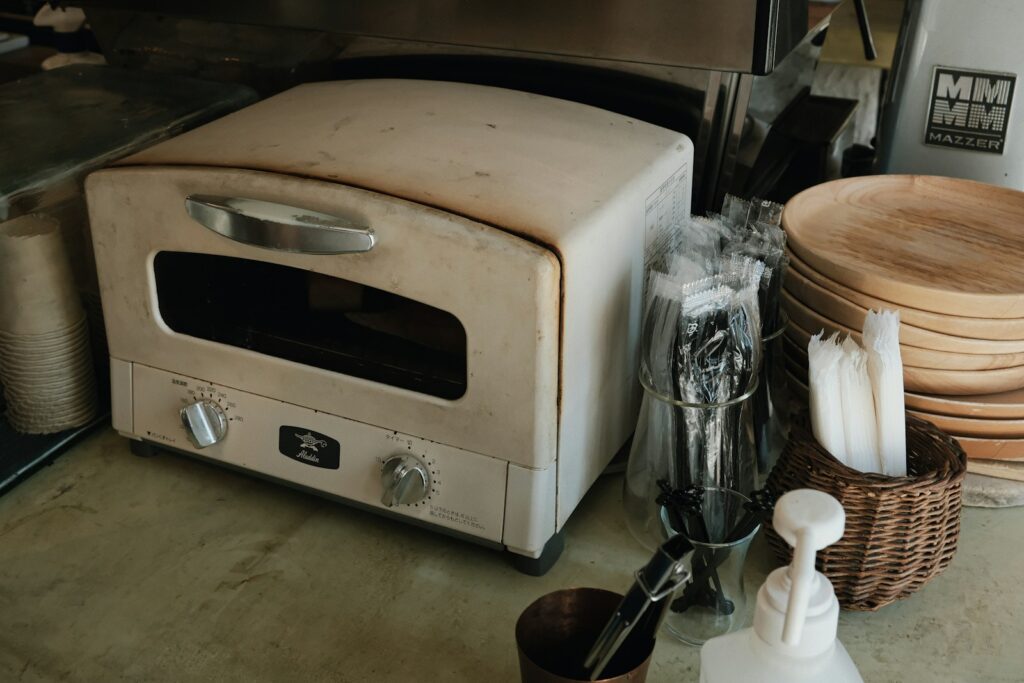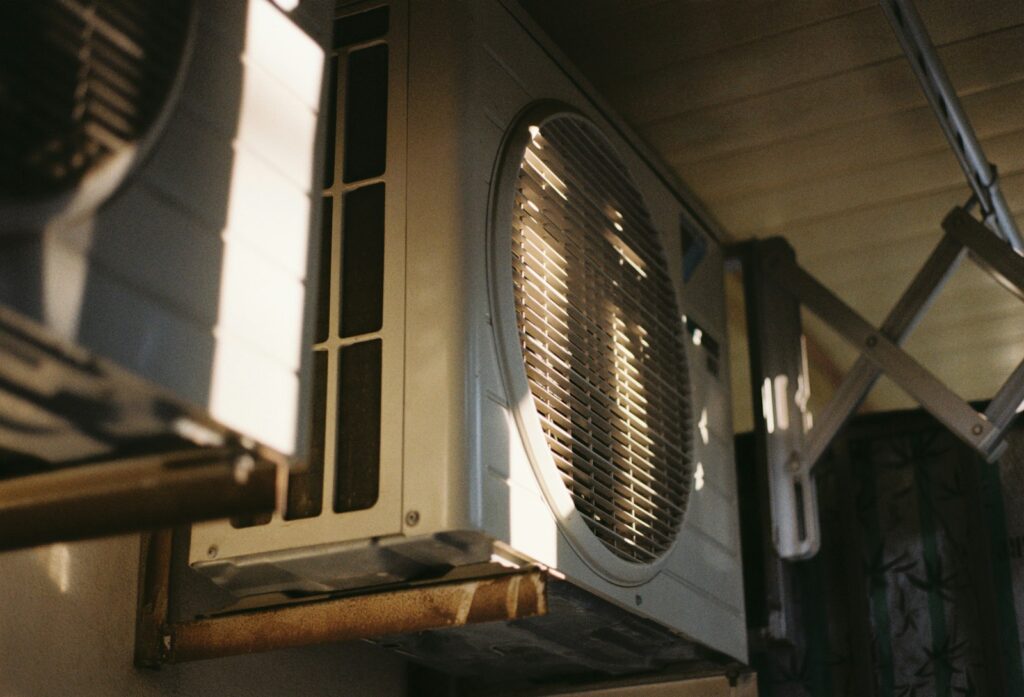
When you invest in a new appliance, whether it’s a shiny new refrigerator or a powerful washing machine, you’re often met with an enticing offer at the checkout: an extended warranty. This promise of continued protection, extending beyond the manufacturer’s initial guarantee, is presented as a shield against future unexpected repair costs. For many consumers, it seems like a sensible way to safeguard a significant purchase and buy peace of mind.
However, a closer look at the extended warranty market reveals a complex landscape, often fraught with hidden conditions, frustrating experiences, and a business model heavily skewed towards the seller’s profit rather than the buyer’s benefit. Our extensive research and analysis, drawing on years of consumer experiences and expert insights, suggest that for the vast majority of consumers, these add-on protections are an unnecessary expense that rarely delivers on their promise.
This in-depth guide is designed to empower you with objective, evidence-based information, cutting through the sales rhetoric to expose the critical reasons why you should think twice—or even thirteen times—before paying for an extended warranty on your appliances. We aim to equip you with the knowledge to make informed financial decisions, ensuring your money works for you, not for the retailers and third-party insurers.

1. **You Can Effectively ‘Self-Insure’ and Save Significantly**Our number one argument against purchasing extended warranties centers on the power of self-insurance. Instead of paying premiums for coverage you might never use, we advocate for setting aside that money yourself. Imagine dedicating the funds you would have spent on an extended warranty into a virtual (or actual) savings account, earmarked specifically for potential appliance repairs.
Over time, the cumulative savings from foregoing these warranties can be substantial. For instance, many individuals find themselves ‘in the black’ after just a few years of adopting this strategy. One notable example from personal experience details saving over $7,500 in extended warranty offerings over a decade, far exceeding the cost of typical appliance repairs or even replacements.
This financial discipline means that if a product, even a major one like a refrigerator, were to break down just after its manufacturer’s warranty expires, you would likely have more than enough funds to cover the repair or even purchase a brand new unit. The odds are inherently in your favor because the insurance companies offering these warranties price them to ensure they profit, banking on the fact that most products won’t break within the extended coverage period.
By consciously opting out and saving that money, you maintain control of your funds, earn potential interest on your savings, and avoid contributing to the significant profits of the warranty providers. This proactive approach turns a potential expense into a powerful personal financial strategy.
Read more about: Unlock Massive Savings: 14 Expert-Backed Strategies to Slash Your Car Insurance by 30% or More
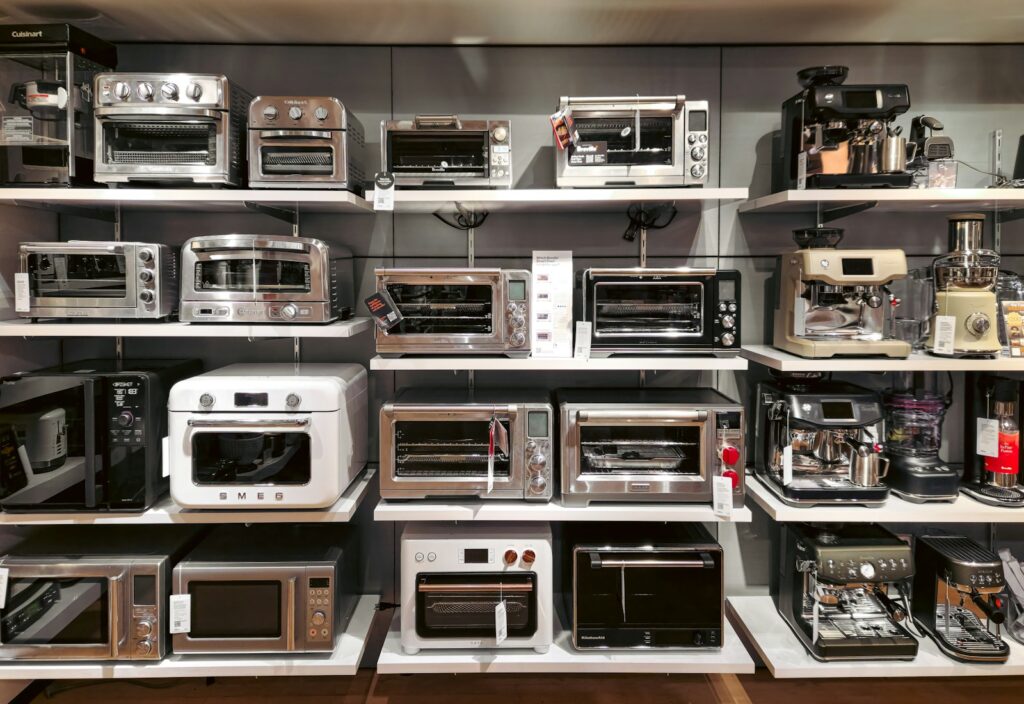
2. **Extended Warranties Frequently Don’t Cover What Actually Breaks**One of the most frustrating realities of extended warranties is discovering, at the moment of need, that the specific malfunction plaguing your appliance isn’t actually covered. Salespeople often pitch these policies as comprehensive, “bumper-to-bumper” protection, leading consumers to believe they are fully shielded against any unforeseen issue. However, the fine print, which few read meticulously, often tells a different story.
Consider the illustrative, disheartening experience of purchasing an extended warranty on a 2003 Jeep. Five years later, well into the extended warranty period and past the manufacturer’s coverage, a crucial component failed: the radio simply stopped working. Despite the considerable cost of the extended warranty, the policy offered absolutely no coverage for this common, frustrating electrical issue.
The lesson here is stark and critical: ‘Read the fine print.’ Extended warranty contracts are meticulously drafted by lawyers to protect the provider, not necessarily the consumer. They often contain specific exclusions for parts, types of damage, or circumstances of failure that can render your coverage useless precisely when you need it most, leaving you to pay out-of-pocket anyway.
These exclusions can range from cosmetic damage and specific internal components to issues arising from ‘wear and tear’—a notoriously vague term often used to deny claims. Without a thorough understanding of these intricate details before purchase, you risk paying for protection that offers little to no real value for common breakdowns.
Read more about: Hybrid vs. Electric Cars: The Definitive Guide to Which One Truly Saves You Money (Shocking Truth)
3. **The Myth of ‘No Hassle’ Repairs and Replacements**The image of effortless, seamless repairs is a compelling part of the extended warranty sales pitch, often conjuring visions of immediate assistance and problem-free resolution. However, the reality of making a claim on an extended warranty can be a stark contrast, frequently involving a protracted and frustrating process that seems designed to deter you from utilizing the coverage you paid for.
Companies that back extended warranties are, fundamentally, in the business of minimizing payouts. This commercial imperative often translates into a claims process riddled with obstacles. Consumers frequently report having to navigate complex customer service systems, enduring long hold times, being bounced between departments, and dealing with representatives who may not be fully informed or equipped to handle their specific issue.
Furthermore, many extended warranties are outsourced to third-party insurance companies, creating an additional layer of bureaucracy. The salesperson who sold you the warranty, motivated by commissions, typically has no firsthand knowledge of the actual claims process. They are trained to sell, not to service, and certainly not to advocate for you when a problem arises, highlighting a significant disconnect between the sales promise and the service reality.
This intricate web of third-party involvement and profit-driven policies means that what was promised as ‘peace of mind’ can quickly devolve into a significant hassle. The time, energy, and frustration expended in simply attempting to get a warrantied item repaired often undermine any perceived benefit of the initial purchase, leaving consumers feeling misled and unsupported.
Read more about: Steer Clear: The 12 Most Unreliable Cars of the Last Decade & Today, According to Experts
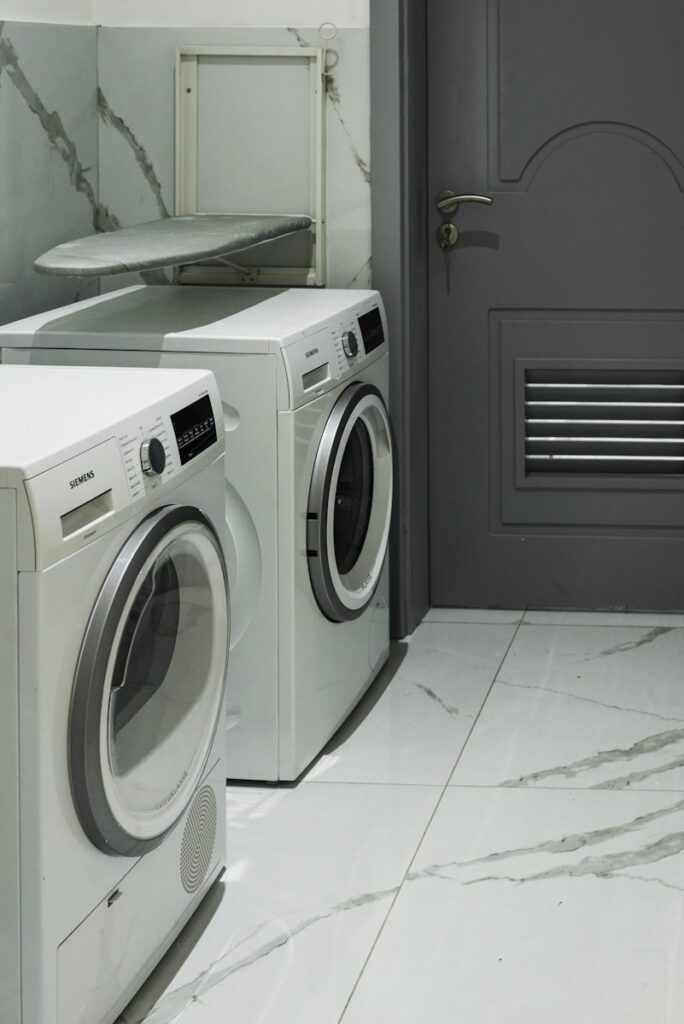
4. **Extended Warranties Are Primarily ‘Cash Cows’ for Retailers**Understanding the financial incentives behind extended warranty sales is crucial for any consumer. These policies are not a thinly-margined add-on; they represent a remarkably profitable revenue stream for retailers and everyone else involved in their distribution. In fact, extended warranties often generate a far greater profit margin—sometimes triple—than the actual item being sold, especially true for electronics.
This high profitability explains the persistent and often aggressive sales tactics used to push these warranties. Retailers benefit immensely, receiving a substantial cut of each warranty sale. The salesperson on the floor also typically receives a bonus or commission, directly incentivizing them to convince you of the warranty’s necessity, regardless of your actual need.
Moreover, the insurance companies that underwrite and back these policies also secure significant financial gains. They profit from the premiums paid, knowing that a substantial percentage of warranties will either go unused or be subject to exclusions that prevent payouts. This multi-layered profit structure is a clear indicator of where the primary interest lies.
When so many entities are making significant money from the sale of extended warranties, it should raise a red flag for the consumer. This robust profit model clearly illustrates that the extended warranty is designed first and foremost to benefit the seller and the insurer, rather than to provide genuinely cost-effective protection for the end-user.
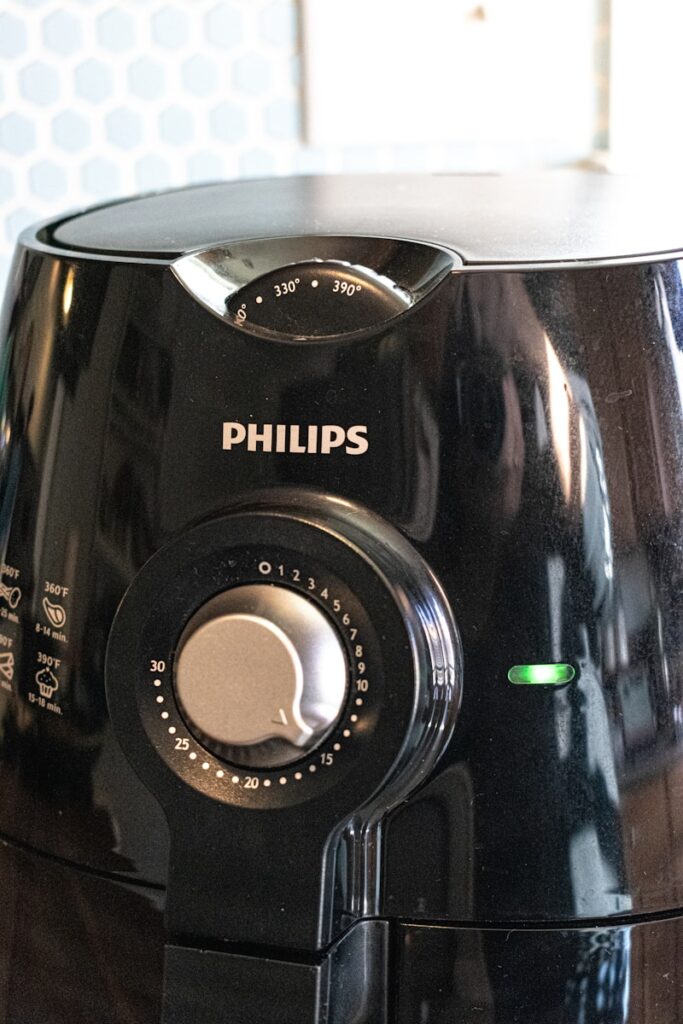
5. **The ‘Lemon Law’ Pitch is Often a Scam**One persuasive tactic retailers employ to sell extended warranties is the inclusion of a so-called ‘lemon law’ provision. This often suggests that if your product requires three repairs, you’ll automatically receive a new product or a full store credit. However, this appealing promise is frequently misleading, and in many cases, not entirely true or even a little true.
The legal framework for actual ‘lemon laws’ is meticulously drafted by lawyers and is highly specific. The ‘lemon law’ provisions embedded in extended warranties are similarly precise and often contain crucial caveats. For instance, the ‘counter’ for the number of repairs often doesn’t begin until the manufacturer’s warranty has already expired, effectively reducing the period during which this protection is genuinely active.
More importantly, the condition is typically not simply ‘three repairs’ but ‘three identical repairs’ for the *same specific problem*. If a different issue arises with the appliance, the repair counter effectively resets to zero. This means an appliance could experience multiple distinct problems, each repaired once, and still never qualify for a replacement or credit under the warranty’s ‘lemon law’ clause, making it a far less robust protection than it’s made out to be.
Therefore, while the ‘lemon law’ pitch can sound reassuring, it’s a carefully constructed illusion designed to alleviate consumer fears rather than provide concrete, easily accessible replacement guarantees. Consumers should be highly skeptical of such claims and recognize them as a sales tactic aimed at boosting warranty sales rather than ensuring comprehensive protection.
Read more about: Travel Traps Unveiled: How Vacationers Fall Prey to Hidden Costs

6. **Extended Warranties Do Not Necessarily Protect Against High Repair Costs**The notion that purchasing an extended warranty is a crucial safeguard against exorbitantly high repair costs is a common misconception, often turning out to be pure fiction. While some repairs can indeed be expensive, the cost of an extended warranty itself, combined with its limitations, often makes it a financially dubious proposition.
When a power tool or appliance covered by an extended warranty breaks, the warranty provider may direct you to a specific repair shop. These are often chosen because they offer the lowest price for the most work, not necessarily for their convenience, speed, or quality of service. This can create an additional hassle, forcing you to travel out of your way to an inconvenient location, potentially for a repair that could have been handled more efficiently elsewhere.
Furthermore, by taking the time to shop around locally for repair services, you might discover that the cost to fix a specific issue on an item like a lawnmower or a refrigerator is actually less than the price you paid for the extended warranty. This holds especially true when you factor in the reality that not all of your purchased products are destined to break down during the warranty period.
Thus, rather than being a blanket protection against high repair costs, an extended warranty can sometimes be an overpayment for potential repairs that are either cheaper than anticipated or might never occur. A dedicated savings fund, combined with the ability to choose your own trusted local repair technician, often provides a more flexible and cost-effective solution.
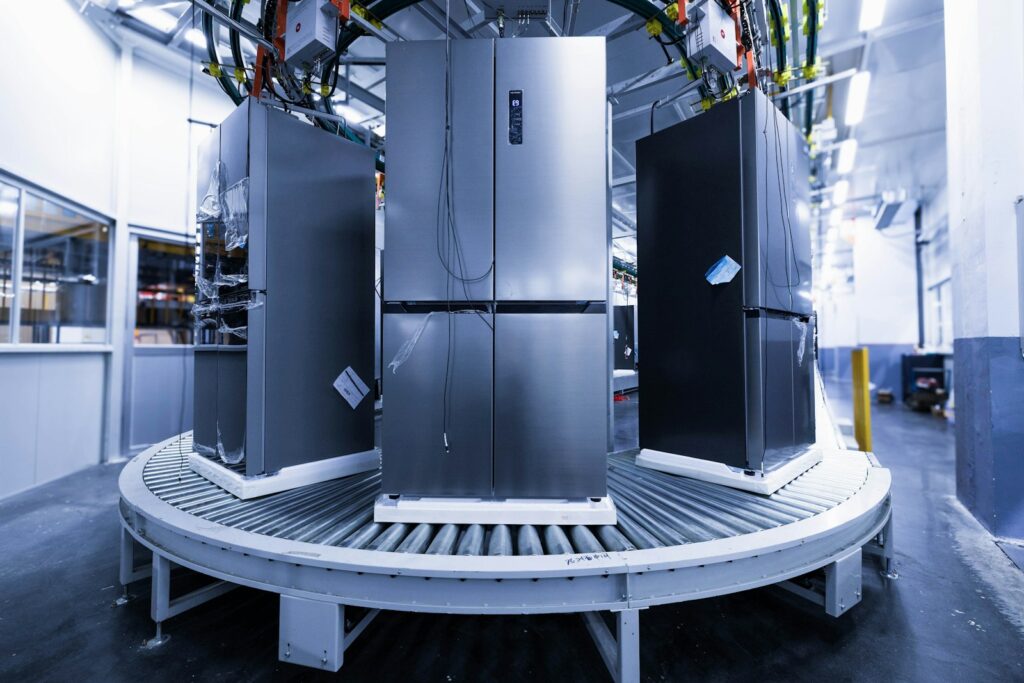
7. **The ‘Wear and Tear’ Argument is Generally Misleading**Among the top sales pitches used to promote extended warranties is the ‘wear and tear’ argument. Salespeople often suggest that an extended warranty will cover the gradual degradation of parts due to normal use, implying protection beyond typical defects. However, this is frequently misleading, as ‘wear and tear’ is often explicitly *not* covered by these policies.
If ‘wear and tear’ is covered at all, it’s typically under the manufacturer’s initial warranty period, which is already included with your purchase. Essential components like belts, brushes, or common consumables are rarely serviced as part of any extended warranty, leaving consumers to bear these routine replacement costs themselves. The idea that a product will genuinely wear out due to normal use within the first year of its life is highly questionable; such a rapid failure would more accurately be classified as a defect.
If you’re ever in a retail setting, try challenging a salesperson on this point: ask them to specify which parts are more than likely to wear out during the extended warranty period. Our experience suggests you’ll often be met with a blank stare or a hastily fabricated answer. Sales associates are generally not trained on the intricate technical specifics of appliance durability or common wear points.
Their training primarily focuses on the sales process for extended warranties and product features. This lack of detailed knowledge underscores the fact that the ‘wear and tear’ argument is often a generalized, unbacked claim made to secure a sale, rather than a promise of concrete coverage for the most common forms of appliance degradation.
Read more about: The Hidden Costs and Real Risks: Why Most Car Owners Find Extended Warranties a Poor Investment

8. **The Reality of Your ‘Extended’ Warranty’s True Duration**When you’re presented with an extended warranty, the perception is often that your product is immediately covered for the specified additional period, whether it’s an extra two, three, or even five years. This can create a false sense of security, leading consumers to believe they are purchasing continuous protection that starts the moment they leave the store. However, a critical detail often goes unmentioned or is buried deep within the fine print: the extended warranty frequently does not commence until the manufacturer’s original warranty has fully expired.
This means that if your appliance comes with a standard one-year manufacturer’s warranty, a “three-year” extended warranty effectively provides only two years of *additional* coverage. For that initial year, you are essentially paying for redundant protection, as the manufacturer is already obligated to cover defects and failures. This overlap significantly diminishes the value proposition of the extended warranty, as a substantial portion of the purchased coverage period is already accounted for by the free, built-in warranty.
Consider the implications for product reliability. Most major deficiencies or manufacturing defects are likely to manifest within the manufacturer’s initial warranty period. If an appliance functions correctly for the first year, its probability of breaking down in the immediately subsequent years, barring accidents or misuse—which are often excluded anyway—is statistically lower. As one expert observed, “if the tool works in year one, it’s likely it will beat the insurance odds and keep working for the next two years following as well.”
Therefore, the ‘three-year’ warranty you meticulously calculated as an investment in peace of mind may, in reality, offer only two years of genuinely extended protection after the manufacturer’s coverage ends. This common practice transforms what appears to be a robust, long-term safeguard into a less impactful, and often overpriced, add-on, highlighting a significant discrepancy between perceived value and actual benefit for the consumer.
Read more about: 15 Crucial Reasons Why You Should Think Twice Before Buying a Used Car from a Dealership
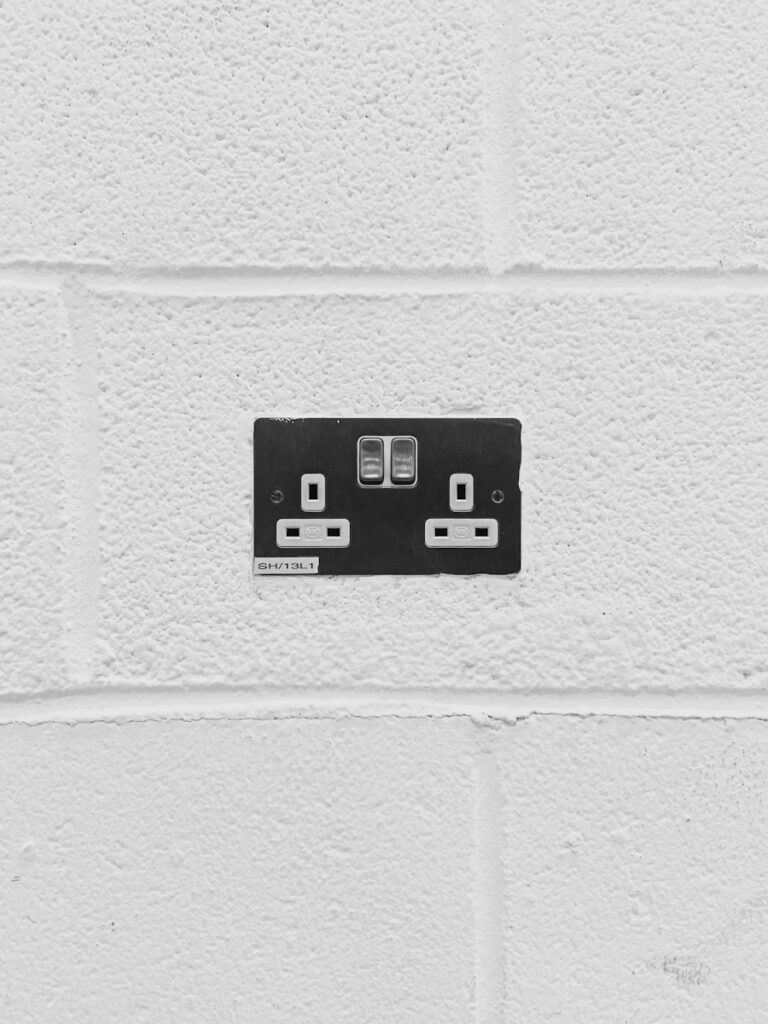
9. **Accidents and Misuse Are Almost Never Covered by Extended Warranties**One of the most crucial misunderstandings surrounding extended warranties is the scope of their coverage, particularly when it comes to accidental damage or issues arising from consumer misuse. Many consumers mistakenly assume that paying for an extended warranty provides a comprehensive shield against nearly any mishap that could befall their appliance. This assumption, however, often leads to significant disappointment and unexpected out-of-pocket expenses when a claim is eventually filed.
The reality is that extended warranty contracts are meticulously drafted with specific exclusions designed to protect the provider. As the context emphasizes, “If you accidentally break an appliance or it malfunctions due to misuse, the damage won’t be covered by an extended warranty.” This means if your child knocks over the new blender, or you overload your washing machine causing a critical failure, the cost of repair or replacement will typically fall squarely on your shoulders, despite having purchased what you believed to be ‘full’ protection.
Beyond accidents and misuse, these policies often contain further limitations. “Consequential damage and damage caused by inappropriate power supply or acts of God are also commonly excluded from extended warranty coverage,” as stated in the context. This broad range of exclusions leaves a significant gap in what consumers perceive as protection. Issues like power surges, damage from natural disasters, or secondary damage resulting from an initial covered failure might not be covered, making the policy far less robust than the initial sales pitch suggests.
Understanding these specific limitations is paramount before committing to an extended warranty. The promise of “peace of mind” quickly evaporates when a genuine need arises, only to discover that the specific circumstances of the appliance’s failure are precisely what the policy was designed to omit. This underscores the necessity of thoroughly reviewing the terms and conditions, not just the sales brochure, to grasp what you are truly paying for and, more importantly, what you are not.
10. **The Unused Financial Drain: Paying for Protection You Never Utilize**A core argument against purchasing extended warranties revolves around the significant likelihood that you will pay for coverage you ultimately never use. The business model of extended warranty providers relies heavily on actuarial science, pricing policies based on the statistical probability that most products will not experience a covered breakdown within the extended coverage period. This means that a substantial portion of consumers’ payments translates directly into profit for the warranty company, rather than actual service or repair.
As the context points out, “It’s possible that you’ll purchase an extended warranty and never have to use it. If your appliance doesn’t break down during the warranty period, you’ve essentially paid without receiving anything in return.” This translates into a financial drain, where funds are expended on a speculative risk that often doesn’t materialize. Instead of serving as a protective measure, the warranty becomes a sunk cost, diminishing your overall financial flexibility without providing tangible benefit.
This scenario is particularly prevalent for reliable appliances or those not subject to heavy, consistent use. For example, a high-quality refrigerator, built for durability, might easily outlast both its manufacturer’s warranty and any extended coverage without a single hiccup. In such cases, the monthly or upfront cost of the extended warranty, which can range from $25 to $50 per month, represents a direct loss, funds that could have been saved, invested, or used for other pressing financial needs.
Ultimately, an extended warranty can be seen as a gamble where the odds are fundamentally stacked against the consumer. While the allure of “peace of mind” is strong, the financial reality is that for many, these policies represent an unnecessary expense. The money spent on unused coverage could often be better allocated to a dedicated savings fund for potential repairs, offering both control over your finances and the flexibility to address issues on your own terms, should they arise.

11. **Credit Card Protections Often Provide Superior, Free Coverage**Before committing to an expensive extended warranty, consumers should diligently investigate an often-overlooked yet highly beneficial alternative: the built-in purchase protections offered by many credit cards. This benefit, often provided at no additional cost beyond the annual fee (if any) of the card, can replicate or even exceed the protective elements of a purchased extended warranty, making the latter an entirely redundant expense.
The context explicitly highlights this valuable alternative: “Many credit cards offer an extended warranty benefit for items purchased with that card. This benefit typically extends the original manufacturer’s warranty by an additional one or two years.” This means that simply by using an eligible credit card for your appliance purchase, you could automatically receive an extension of the manufacturer’s warranty, often doubling the period of free coverage you already possess. This negates the primary selling point of many extended warranties – to prolong coverage beyond the factory guarantee.
To leverage this benefit, it is crucial to understand your credit card’s specific terms and conditions. While coverage limits can vary, sometimes capping at amounts like $10,000 per claim, this protection is typically robust enough for most major appliance repairs or replacements. Essential steps include purchasing the appliance with the eligible card and retaining all relevant documentation, such as the sales receipt and the original manufacturer’s warranty, as these will be required to file a claim.
For the financially astute consumer, utilizing credit card extended warranty benefits represents a smart, cost-effective strategy. It provides genuine peace of mind without the added financial burden, transforming what would otherwise be a standalone purchase into an incidental benefit of your everyday spending. This option should always be thoroughly explored and understood before considering any third-party extended warranty offering.

12. **Comprehensive Home Warranty Plans Offer Broader Protection**While individual appliance extended warranties target specific units, a broader and potentially more cost-effective alternative for homeowners with multiple aging systems and appliances is a comprehensive home warranty plan. This type of service contract differs significantly from an extended warranty, offering a more holistic approach to household maintenance and protection against unexpected breakdowns.
As the context clarifies, “A home warranty provides bundled coverage for these home appliances as well as various home systems, depending on your plan. It pays for the cost of fixing or replacing a covered household item when it breaks down from wear and tear.” This key distinction means that a single home warranty plan can cover not only major appliances like refrigerators, dishwashers, and washing machines but also essential home systems such as HVAC, plumbing, and electrical.
Home warranty plans typically operate on an annual basis, with costs ranging between $400 and $800 per year, plus a service fee per visit, as mentioned in the context. While this might seem higher than an individual appliance warranty, the bundled nature of the coverage often presents superior value for homes with several items nearing the end of their lifespan or for those who prefer a single point of contact for a wide array of potential repairs. It addresses issues arising from “normal wear and tear,” a coverage often explicitly excluded or ambiguously defined in many extended appliance warranties.
Evaluating a home warranty requires careful consideration of its scope, exclusions, and service fees, just like any other financial product. However, for many homeowners, the comprehensive nature of these plans, covering multiple critical household components, can offer a more robust and efficient strategy for managing the financial risks associated with home system and appliance failures, especially when compared to purchasing multiple, fragmented extended warranties.
Read more about: Protecting Your Purchase: A Consumer Report on Top Car Warranties and Key Manufacturer Recall Trends
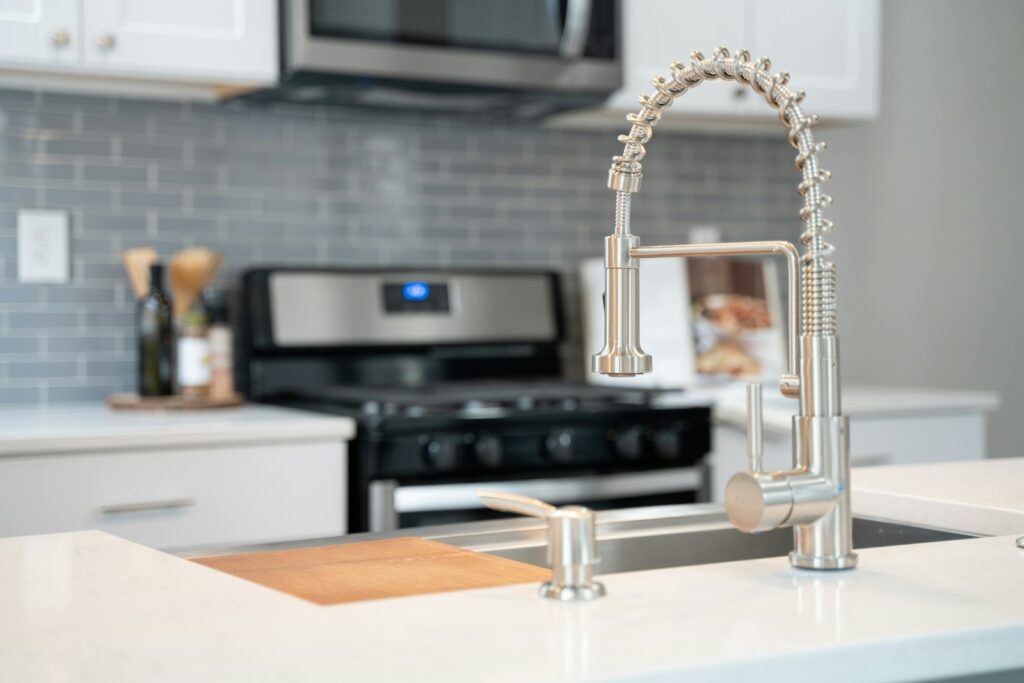
13. **The Downside of Third-Party Repair Services: Delays and Quality Concerns**A significant, often overlooked, drawback of extended warranties, especially those outsourced to third-party providers, is the potential for substandard repair services, agonizing delays, and a frustrating claims experience. When you purchase an extended warranty, you’re not just buying a promise of repair; you’re often buying into a specific service ecosystem that may prioritize cost-cutting over customer satisfaction and efficiency.
The context reveals a common industry practice: “Companies often outsource extended warranties to larger insurance companies. These companies then stuff these policies with limitations and conditions designed to make it more difficult to actually make a successful claim.” This intricate web of third-party involvement creates a bureaucratic nightmare for consumers. The 1-800 numbers, long hold times, and being bounced between departments that don’t understand your specific issue, as vividly described in the context, are not just inconveniences—they are systemic barriers designed to minimize payouts.
Furthermore, the quality and timeliness of repairs can be severely compromised. Providers often contract with repair shops that offer the “lowest price for the most work,” rather than those known for speed, convenience, or superior craftsmanship. This can result in “slow response times or the use of lower-quality replacement parts,” as stated by Brian Jones, vice president of marketing at ASKO, and echoed by the observation that “Third-party plans outsource cheap, slow repairs.” The objective isn’t necessarily to restore your appliance to its original condition efficiently, but to fulfill the contractual obligation at the minimum possible expense.
This often leaves consumers caught in a frustrating cycle, spending valuable time and energy chasing repairs that are sluggish, incomplete, or of dubious quality. The perceived “peace of mind” quickly devolves into a source of stress and regret, undermining the very reason for purchasing the warranty in the first place. Forgoing such policies in favor of self-insurance or selecting a reputable local technician often offers greater control and a more satisfactory outcome, especially in instances where local shops may prioritize quality and customer relationships over cost-cutting mandates from distant third-party insurers.
Navigating the world of appliance purchases can feel like a minefield of options and upsells, and extended warranties are a prime example of a product that sounds good on the surface but rarely delivers true value for the average consumer. Our in-depth analysis underscores that for the vast majority of purchases, these policies are an unnecessary financial burden, laden with exclusions, delays, and hidden costs that far outweigh their purported benefits. By embracing strategies like self-insurance, leveraging existing credit card protections, or exploring comprehensive home warranty plans, you can make smarter, more empowering financial decisions. You’ll not only protect your hard-earned money from becoming a “cash cow” for retailers but also gain genuine control over your appliance longevity and repair needs. Remember, the most effective protection often comes from informed choices and a proactive approach, not from an expensive promise that rarely lives up to its hype.

